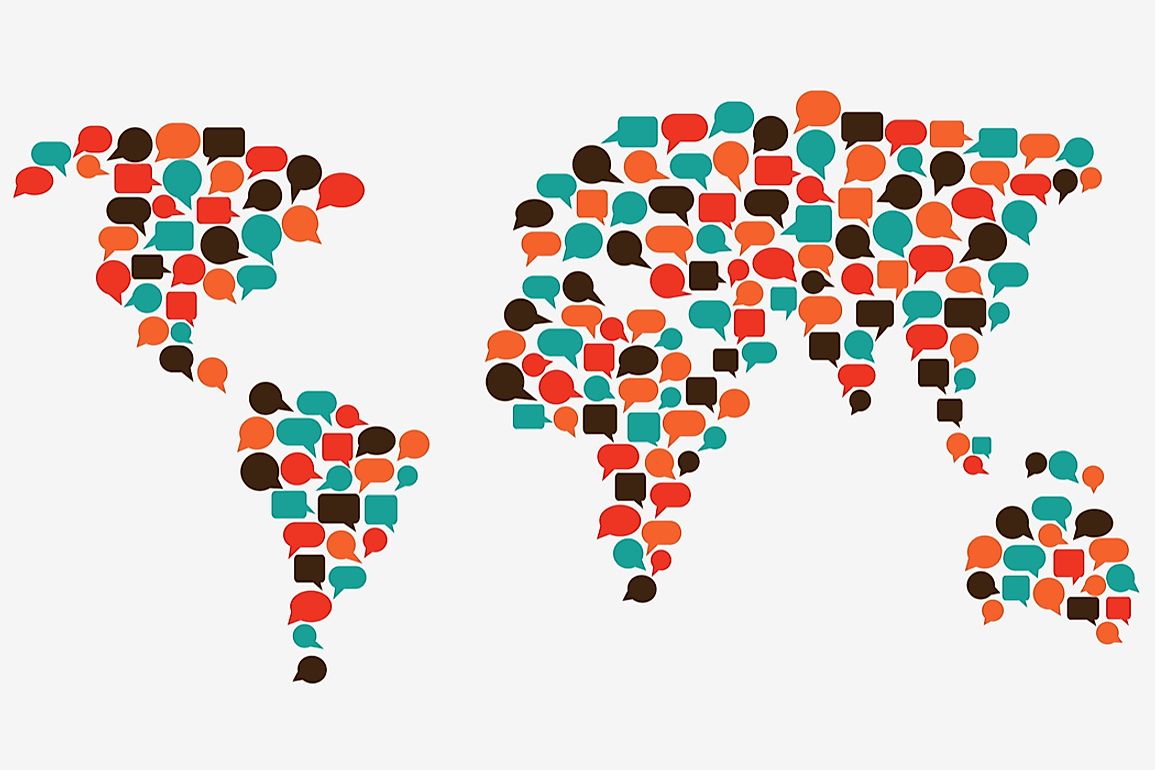What are the Romance Languages?

Also referred to as Latin or Neo-Latin languages, the Romanic languages are the modern languages that have evolved between the 6th and 9th centuries from Vulgar Latin. The Neo-Latin languages are widespread, covering three continents, namely Europe, Africa and the Americas. An estimated population of around 800 million speakers around the world has their language linked to Vulgar Latin.
Presently, a highly significant majority of the speakers of the Neo-Latin are not the native speakers. For example, French is spoken in several West and Central African countries, Mauritius, and Madagascar.
Spanish, whose native speakers are estimated to be 470 million, is the widely spoken Neo-Latin language. This composition is followed by Portuguese and French who are 250 and 150 million respectively. Italian follows in the distant third, with 60 million, the last being Romanian with 25 million speakers.
Types of Romance Languages
Based on mutual intelligibility, twenty-three Romance languages exist today and they fall under ten categories:
• Iberian Romance: Portuguese, Spanish, Austrian, Galician, Mirandese, Lagino, Aragonese, Leonese
• Occitano-Romance: Occitan; Catalan, Gascon
• Gallo-Romance: French
• Italo-Dalmatian: Dalmatian (extinct in 1898); Italian, Sicilian, Sassarese, Tuscan, Corsican, Neopolitan
• Eastern Romance: Daco-Romanian, Magleno-Romanian, Istro-Romanian, Aromanian
• Rhaeto-Romance: Romanish, Ladin, Friulian
• Venetian
• Sardinian
• Gallo-Itallic: Ligurian, Lombard, Emilian-Romagnol, Piedmontese
• Istriot
Classification
Classification of Romanic languages has continuously become a challenge due to dialect and with political chain biases coming into play. Romanic languages have nonetheless been subdivided into three major schemes, namely:
• Italo-Western vs. Eastern vs. Southern: This is a linguistic classification based on the articulation of the single ten vowel sound.
• West vs. East: This classification follows the La Spezia Rimmi Line cutting north of Florence, Italy. In this scheme, the languages occupying central and southern Italy are the eastern romance, while the languages of Portugal, France, Switzerland, and northern Italy fall under the "West''.
• Conservatory vs. Innovatory: This classification of is no genetic basis, hence its exact boundaries are subject to debate. Under this category, an appraisal is made on the Gallo-Romance as being innovative, with French taking the lead. Spanish, Italian, Portuguese and Romanian largely non-dynamic are considered conservative, with the most conservative of all the Romance languages being Sarnidian.
Within the classification schemes of the Romance languages, Ethnologists have proposed three main subfamilies, which include Italo-Western, Eastern, and Southern Romance. Italo-Western is the largest category comprising Catalan, Portuguese, Italian, Spanish, and French. Languages of Eastern Europe such as Romanian fall under Eastern Romance. Sardinian, Corsican, and the extinct Romance languages of Africa comprise the southern Romance.
The Modern Status
Spanish is among the Romance languages most widely spoken natively, followed by Portuguese, French, Italian, and Romanian. The above languages are not only vastly spoken in Europe, but also used as official and national languages in dozens of countries as well as the European Union. The Latin Union has the above five languages and Catalan as its official language. The United Nations has six official languages, two of which are French and Spanish. In the respective colonial empires outside Europe, French, Portuguese, and Spanish are also spoken and enjoy official status. It is worth noting fact that nine countries in South America use Spanish as the official language.











